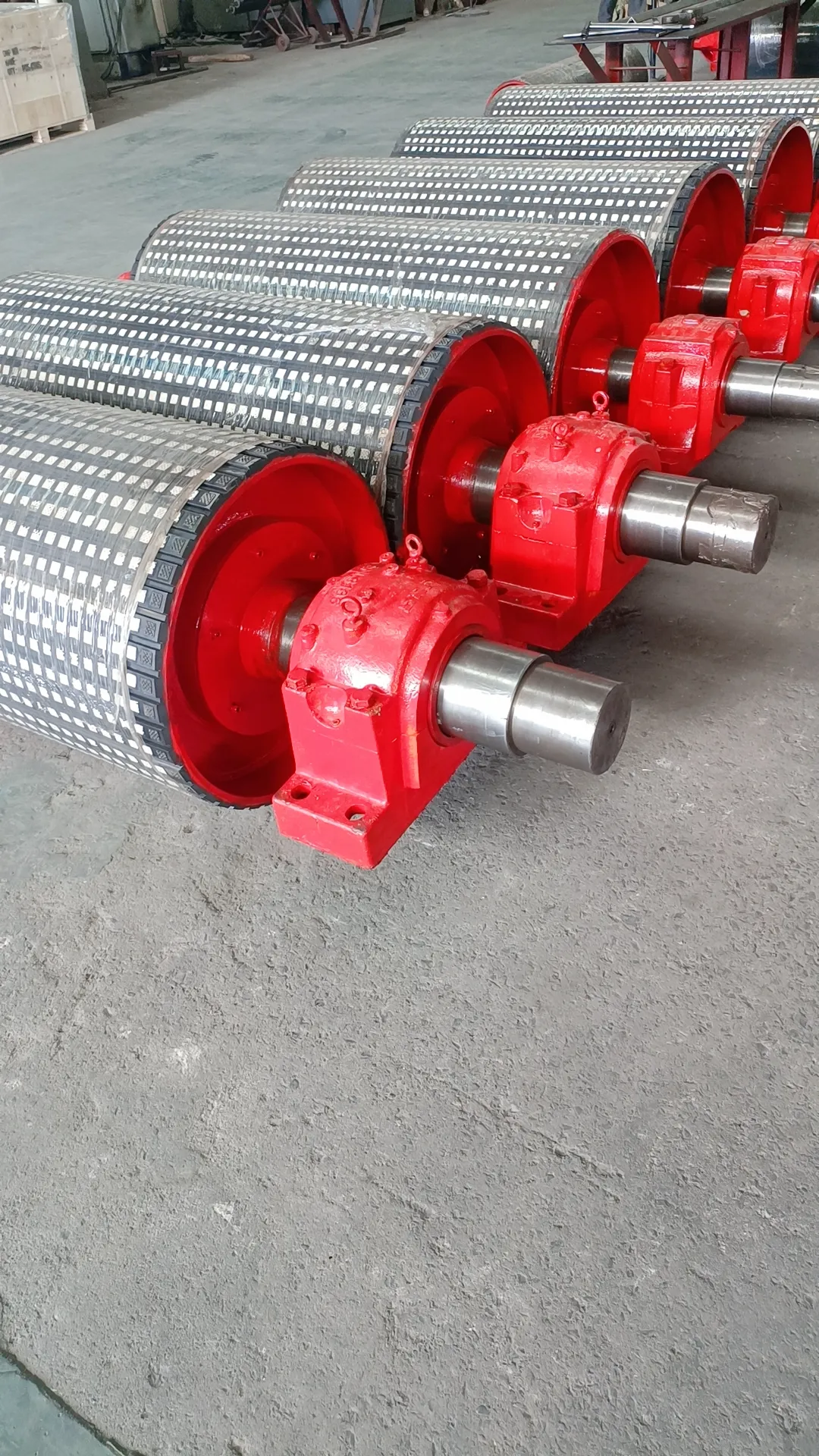 Afrikaans
Afrikaans  Albanian
Albanian  Amharic
Amharic  Arabic
Arabic  Armenian
Armenian  Azerbaijani
Azerbaijani  Basque
Basque  Belarusian
Belarusian  Bengali
Bengali  Bosnian
Bosnian  Bulgarian
Bulgarian  Catalan
Catalan  Cebuano
Cebuano  Corsican
Corsican  Croatian
Croatian  Czech
Czech  Danish
Danish  Dutch
Dutch  English
English  Esperanto
Esperanto  Estonian
Estonian  Finnish
Finnish  French
French  Frisian
Frisian  Galician
Galician  Georgian
Georgian  German
German  Greek
Greek  Gujarati
Gujarati  Haitian Creole
Haitian Creole  hausa
hausa  hawaiian
hawaiian  Hebrew
Hebrew  Hindi
Hindi  Miao
Miao  Hungarian
Hungarian  Icelandic
Icelandic  igbo
igbo  Indonesian
Indonesian  irish
irish  Italian
Italian  Japanese
Japanese  Javanese
Javanese  Kannada
Kannada  kazakh
kazakh  Khmer
Khmer  Rwandese
Rwandese  Korean
Korean  Kurdish
Kurdish  Kyrgyz
Kyrgyz  Lao
Lao  Latin
Latin  Latvian
Latvian  Lithuanian
Lithuanian  Luxembourgish
Luxembourgish  Macedonian
Macedonian  Malgashi
Malgashi  Malay
Malay  Malayalam
Malayalam  Maltese
Maltese  Maori
Maori  Marathi
Marathi  Mongolian
Mongolian  Myanmar
Myanmar  Nepali
Nepali  Norwegian
Norwegian  Norwegian
Norwegian  Occitan
Occitan  Pashto
Pashto  Persian
Persian  Polish
Polish  Portuguese
Portuguese  Punjabi
Punjabi  Romanian
Romanian  Russian
Russian  Samoan
Samoan  Scottish Gaelic
Scottish Gaelic  Serbian
Serbian  Sesotho
Sesotho  Shona
Shona  Sindhi
Sindhi  Sinhala
Sinhala  Slovak
Slovak  Slovenian
Slovenian  Somali
Somali  Spanish
Spanish  Sundanese
Sundanese  Swahili
Swahili  Swedish
Swedish  Tagalog
Tagalog  Tajik
Tajik  Tamil
Tamil  Tatar
Tatar  Telugu
Telugu  Thai
Thai  Turkish
Turkish  Turkmen
Turkmen  Ukrainian
Ukrainian  Urdu
Urdu  Uighur
Uighur  Uzbek
Uzbek  Vietnamese
Vietnamese  Welsh
Welsh  Bantu
Bantu  Yiddish
Yiddish  Yoruba
Yoruba  Zulu
Zulu Conveyor System Components for Efficient Material Handling and Transport Solutions
The Importance and Functionality of Conveyor Carrying Rollers
In the modern industrial landscape, efficiency and effectiveness are paramount. One of the unsung heroes in the realm of material handling systems is the conveyor carrying roller. These rollers play a crucial role in transporting goods and materials across various industries, from manufacturing and warehousing to mining and agriculture. Their design, function, and adaptability contribute significantly to enhancing productivity and reducing operational costs.
Understanding Conveyor Carrying Rollers
Conveyor carrying rollers are cylindrical devices typically mounted on a frame at specific intervals along a conveyor belt system. They serve as support for the conveyor belt and the materials it carries, enabling smooth movement of products from one point to another. The structure of these rollers can vary, made from materials such as steel, polypropylene, or rubber, which contribute to their strength, durability, and resistance to wear and tear.
The basic principle of a conveyor system is straightforward it uses a belt to transport items, which roll over the carrying rollers. These rollers are not only responsible for supporting the belt but also play a significant role in reducing friction. By facilitating smoother movement, they help in minimizing energy consumption, which is crucial for companies looking to optimize their operational efficiency.
Types of Conveyor Carrying Rollers
Conveyor carrying rollers come in various types and configurations, tailored to meet specific industrial requirements. The most common types include
1. Steel Rollers Often used in heavy-duty applications, steel rollers provide high strength and durability, making them suitable for transporting heavy loads.
2. Plastic Rollers Lightweight and corrosion-resistant, plastic rollers are ideal for industries that require hygiene and cleanliness, such as food handling and pharmaceuticals.
3. Rubber Rollers These rollers provide additional grip, which is essential for transporting items that might slip or slide. They are commonly used in aggregate handling and recycling industries.
4. Idler Rollers These are non-powered rollers that merely support the conveyor belt, ensuring that it maintains its path and shape during operation.
conveyor carrying roller

5. Specialized Rollers Some applications may require custom rollers designed for specific tasks or environments, such as those involving high temperatures or extreme conditions.
Advantages of Using Carrying Rollers
The benefits of utilizing conveyor carrying rollers are extensive
- Increased Efficiency By reducing friction, these rollers allow for smoother and faster transportation of goods, which enhances overall productivity in the workplace.
- Reduced Wear and Tear With proper rollers, the conveyor system experiences less mechanical stress, extending the lifespan of both the rollers and the conveyor belts themselves.
- Versatility Conveyor carrying rollers can be customized for various applications, accommodating different shapes, sizes, and weights of materials.
- Cost Savings Although the initial investment in high-quality rollers may be higher, the long-term savings on maintenance and energy costs can be significant.
- Safety By providing stable support and facilitating smooth operations, carrying rollers help reduce the risk of accidents in busy workplaces.
Conclusion
In conclusion, conveyor carrying rollers are a vital component of material handling systems across diverse industries. Their ability to enhance efficiency, reduce wear, and adapt to different environments makes them indispensable in modern logistics and manufacturing. As industries continue to evolve, the significance of these rollers will only increase, underscoring the importance of investing in quality solutions to meet the demands of an ever-changing market. Proper maintenance and selection of the right type of roller can lead to a more productive and safer working environment, exemplifying the critical role that these devices play in the success of industrial operations.
-
Revolutionizing Conveyor Reliability with Advanced Rubber Lagging PulleysNewsJul.22,2025
-
Powering Precision and Durability with Expert Manufacturers of Conveyor ComponentsNewsJul.22,2025
-
Optimizing Conveyor Systems with Advanced Conveyor AccessoriesNewsJul.22,2025
-
Maximize Conveyor Efficiency with Quality Conveyor Idler PulleysNewsJul.22,2025
-
Future-Proof Your Conveyor System with High-Performance Polyurethane RollerNewsJul.22,2025
-
Driving Efficiency Forward with Quality Idlers and RollersNewsJul.22,2025





























